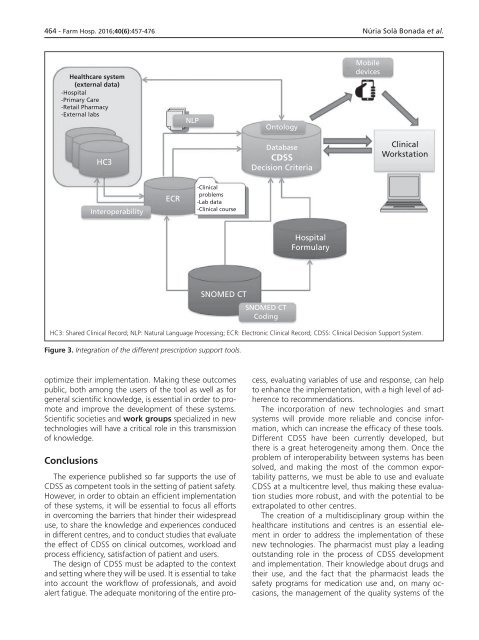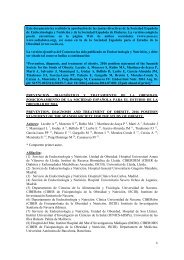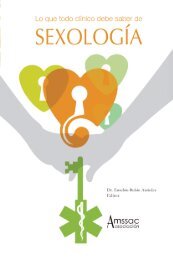Noviembre-Diciembre
156_v40n6(1)
156_v40n6(1)
Create successful ePaper yourself
Turn your PDF publications into a flip-book with our unique Google optimized e-Paper software.
464 - Farm Hosp. 2016;40(6):457-476 Núria Solà Bonada et al.<br />
Healthcare system<br />
(external data)<br />
-Hospital<br />
-Primary Care<br />
-Retail Pharmacy<br />
-External labs<br />
NLP<br />
Ontology<br />
Mobile<br />
devices<br />
HC3<br />
Database<br />
CDSS<br />
Decision Criteria<br />
Clinical<br />
Workstation<br />
Interoperability<br />
ECR<br />
-Clinical<br />
problems<br />
-Lab data<br />
-Clinical course<br />
Hospital<br />
Formulary<br />
SNOMED CT<br />
HC3: Shared Clinical Record; NLP: Natural Language Processing; ECR: Electronic Clinical Record; CDSS: Clinical Decision Support System.<br />
Figure 3. Integration of the different prescription support tools.<br />
SNOMED CT<br />
Coding<br />
optimize their implementation. Making these outcomes<br />
public, both among the users of the tool as well as for<br />
general scientific knowledge, is essential in order to promote<br />
and improve the development of these systems.<br />
Scientific societies and work groups specialized in new<br />
technologies will have a critical role in this transmission<br />
of knowledge.<br />
Conclusions<br />
The experience published so far supports the use of<br />
CDSS as competent tools in the setting of patient safety.<br />
However, in order to obtain an efficient implementation<br />
of these systems, it will be essential to focus all efforts<br />
in overcoming the barriers that hinder their widespread<br />
use, to share the knowledge and experiences conduced<br />
in different centres, and to conduct studies that evaluate<br />
the effect of CDSS on clinical outcomes, workload and<br />
process efficiency, satisfaction of patient and users.<br />
The design of CDSS must be adapted to the context<br />
and setting where they will be used. It is essential to take<br />
into account the workflow of professionals, and avoid<br />
alert fatigue. The adequate monitoring of the entire process,<br />
evaluating variables of use and response, can help<br />
to enhance the implementation, with a high level of adherence<br />
to recommendations.<br />
The incorporation of new technologies and smart<br />
systems will provide more reliable and concise information,<br />
which can increase the efficacy of these tools.<br />
Different CDSS have been currently developed, but<br />
there is a great heterogeneity among them. Once the<br />
problem of interoperability between systems has been<br />
solved, and making the most of the common exportability<br />
patterns, we must be able to use and evaluate<br />
CDSS at a multicentre level, thus making these evaluation<br />
studies more robust, and with the potential to be<br />
extrapolated to other centres.<br />
The creation of a multidisciplinary group within the<br />
healthcare institutions and centres is an essential element<br />
in order to address the implementation of these<br />
new technologies. The pharmacist must play a leading<br />
outstanding role in the process of CDSS development<br />
and implementation. Their knowledge about drugs and<br />
their use, and the fact that the pharmacist leads the<br />
safety programs for medication use and, on many occasions,<br />
the management of the quality systems of the














